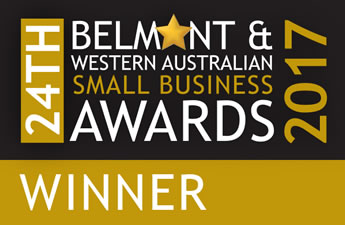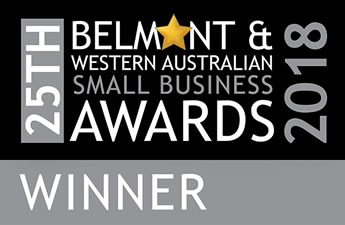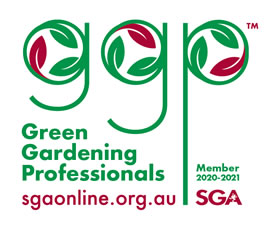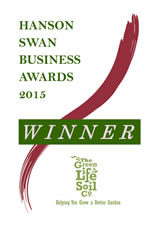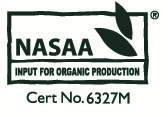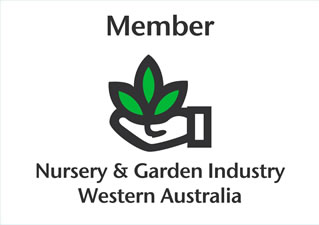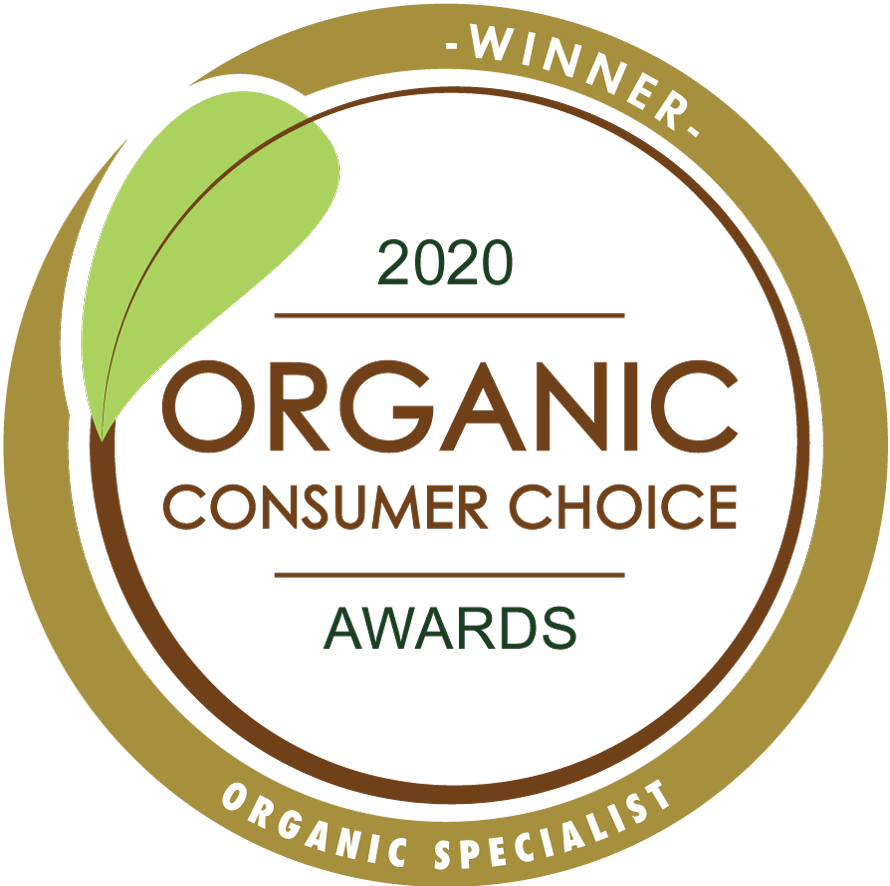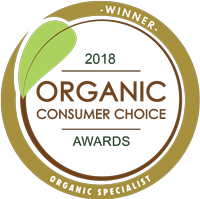| item(s), Total: $0.00 View Cart |
| Shopping cart is empty. |
There's still plenty to do in the garden right now and we hope we've got inspiration & tips to get you motivated and active in your garden. You might notice a few changes at GLSC! We're celebrating our 21st year in business this October, and we recognise that in that time, there's been more than a few changes as we have grown and evolved. To reflect this ongoing evolution, we have updated our logo - which you see below! This will be rolled out in our signage, packaging and branding over time. We hope you'll like the new look; but be assured that at our heart, we're still all about 'delivering a greener garden' to enhance the joy and health of our customers. The photo (below right) was taken recently when Paul & I spoke at the July Ellenbrook Garden Club meeting. We're also doing a talk at Zanthorrea Nursery on Saturday, 27th August. I believe you need to book; so please contact Zanthorrea (their phone number is in the retailer update below) for more information.
Until next time, happy gardening.
Jobs to do in the August garden
What to Plant NOW
You can also begin to start some spring/summer crops seeds off in trays - but my advice would be to do a few only. There's still plenty of time, and no need to risk all your seed on one roll of the dice. Remember our free downloadable When to Sow guide for Perth also has some handy tips on germination temperatures and times - check it out here. We've recently stocked up on spring/summer seed varieties (including lots of tomatoes) with more coming in very regularly - so come on in and stock up. Vegies to consider growing now include: Artichokes (Globe & Jerusalem), Asian Greens, Asparagus (pictured right), Beans, Broad Beans, Beetroot, Cabbage, Carrots, Celery, Choko, English Spinach, Kale, Kohl Rabi, Leek, Lettuce, Onion, Parsnip, Peas, Potato, Radish, Silverbeet, Snow Peas, Spring Onion, Turnip. Asparagus crowns have arrived at GLSC! Come on in and get one or several! ($10 ea or 5 for $45). Rhubarb crowns & Jerusalem artichokes should be delivered within a week or two - keep an eye on our Facebook page for an announcement when they've arrived! It's a great time of year to plant lots of herbs now - still time to grow Coriander, for example. Don't leave it too long; it doesn't like the heat. This month we've got an article on growing herbs in pots/small spaces - it's a great time of year to establish or revamp your herb garden - so I hope you enjoy it! If you'd like more information on timing of propagating herbs - we have a free downloadable "Planting Guide for Herbs" here. At GLSC we carry a good range of edible and medicinal herbs in the Swan Valley Nursery range; and also seeds if you'd prefer to start them off that way. Small Space Gardening
If you're starting out, or have very limited space, consider a container herb garden. It's the perfect time of year to get one started. Pots are perfect - you can move them around with the seasons to catch available light, and you can pop them on a window ledge or just outside the kitchen door so they're within easy reach to grab a sprig to add flavour or as a garnish. May herbs are happy to be potted up together - meaning you can make maximum use of space. Some herbs are annual - you'll only get one season out of them. Others will live for several seasons, but may require trimming back or dividing. The beauty of pots is that you can have two or three - keeping them going in rotation, so that you can have young plants up and coming while the older ones are reaching the end of their lifespan. There are many different types of pots available - from functional plastic to beautiful ceramic designs. If aesthetics is important, choose something that complements your home and buy a set, or a few in the same design but different sizes. Staggered heights in a group will add interest. Obviously, larger pots suit larger growing herbs - but as a general rule you're better off with a larger pot with a couple of herbs in it than using very small pots individually planted. Larger pots have larger soil capacity so there's more of everything that plants need - nutrients, air and water; even if they're sharing! Also consider Square Foot Gardening - a whole methodology for growing lots in a small space. We've got a comprehensive free guide to download here. When choosing pots (or planting out) the design "rule" is to use odd numbers - they're more visually pleasing in a group of 3 or 5. (A possible exception would be for a formal arrangement where you're framing a doorway or a path with equal emphasis - you may have one on each side placed along regular intervals.) Why air is important in your soil
In summer of course you need to watch plants are getting enough water. A good option are the Greensmart pots - which are wicking beds. (There are larger vegetable growing wicking beds available if you choose to extend your growing area in time. Come and check out our Foodcubes!) Which Soil? And why use Potting Mix? Can I use garden soil?There is (or at least there should be!) a difference between garden soil mixes and potting mixes. A good potting mix is formulated differently to achieve the correct balance of water holding and air within the soil. It should contain long term nutrients to sustain your plants for a good 12 months. (Plants in a larger garden bed have the opportunity to send roots over a large area to scavenge for nutrients and water. Your plant babies in containers are in a 'bubble' - and can only access what is immediately around them in the pot.) So (a) don't use garden soil in containers/pots; and (b) use the best quality mix you can afford. If you're using a premium mix, you shouldn't have to add any additional fertilisers for 6-12 months. Budget mixes are basic - they may have some nitrogen provided but it's unlikely they'll offer sustained growth, so you'll need to keep a closer eye on your plants and feed as necessary. (Do try our Green Life Soil Co Premium Potting Mix! It's Certified Organic - perfect for herbs and vegies - and has a devoted following among our customers!) Seeds or Seedlings?
Your plants will need light - 6 hours is ideal. It doesn't have to be direct sunlight; but plants grown without enough light exposure will struggle - growth will be leggy and plants will be more susceptible to pests and disease. If plants ARE in darker spots; try to move them around from time to time - give them a spell elsewhere when you're off to work. Sometimes having two sets of plants that you can swap over (one outdoors/one on a window ledge) means you've got healthy plants AND they're to hand when you need them for cooking. Don't cut your plants back by more than a third anytime you're harvesting. This will ensure the plants will bounce back with new growth quickly. Multi-plantingTo maximise use of space, you can plant several herbs together in the one pot. Multi-planted pots look lush and fantastic for several months - the disadvantage is sooner or later, one may start to grow too large and dominate - so you'll need to decide whether you'll cull or re-do the pot. Updating and refreshing maybe 2-3 times a year should be all you need to do. When planning your herb garden, think of the ultimate size that herbs are likely to grow. Rosemary for example will grow to a hedge 1.5m high and wide - if you were to let it. Dwarf or prostrate forms are available, or you can trim the plant regularly - keeping it small. If you consider the growth habits of your herbs, you can plan varieties that work well together - for example - chives or garlic chives form an upright grassy clump; while oregano, thyme and mint are lower growing ground covers. Parsley and coriander are upright "bushier" clumps - which take up a bit more real estate; but lower stalks can be removed to make way for growth of other plants.
A planter that's around 25cm in diameter can comfortably fit about 3-4 plants (you may wish to put in more than one spiller plant to cover the circumference?). A plant approx. 50cms in diameter can comfortably hold about 7-9 plants. While you can obviously cram in more - you will need to do trim/maintain them sooner. Herbs & Vegies?Why not try a mixture of herbs AND vegetables in the same planter? Many vegies grow happily in pots, and herbs make great companion plants. Some good vegetables to grow in pots include lettuce (there's a huge variety of leaf shapes and colours - some really pretty spotty and frilly types that are ornamental as well as edible!), spinach, silverbeet (rainbow chard makes a beautiful addition to the garden with it's striking mixture of stem colours. You can choose them individually too - there's Ruby Chard (with deep red stems), Golden Chard (with bright yellow stems) and regular chard (with white stems). Beetroot leaves have red stems & veins too - and they can work well in small spaces or pots. There are many other vegetables that are happy to grow in pots - just make sure pots are around 30cms deep; and if possible look for smaller growing vegie varieties. (This means that the growth habit of the plant is smaller - it doesn't mean the plant produces smaller fruits.) So don't let a lack of space discourage you! You can still enjoy growing and harvesting your own edible crops in a small space. (Photo credit blue pot - Jill Spencer/Hubpages) Spinach - Be like Popeye!
English Spinach (Spinacia oleracea) is a different plant than many others with spinach in their name (eg. perpetual spinach); it is related to silverbeet but it's smaller growing and is a little bit harder to grow in our climate. But the good news is it thrives in the cooler months in Perth, so now's the perfect time to get a crop before the weather starts to warm up. Spinach tends to bolt to seed quickly if stressed, so keep it cool! You can grow spinach from seed or seedlings, and as it's smaller growing than its 'beety cousins, you can pack them in nice and close - 10 - 15cms apart. We grow ours over winter very successfully in Greensmart wicking pots. We have four (small size) Greensmart pots planted out - probably more than we need; but we do eat it a lot. Wicking beds help the plants stay stress free as long as possible, with constant availability of water. Spinach does like fertile but free draining soil. (We grow ours in our Premium Potting Mix.) Feed every 3-4 weeks with kelp and/or fish - Spinach has high requirements for nutrients, and like all vegies, will be better for YOU if it is grown in mineral rich soil. Spinach is very high in oxalates - so people with certain health conditions (especially kidney stones & gall bladder issues) need to moderate their intake. However, like other leafy greens, it is a good source of calcium and folate. Look how good it is for Popeye!
Did you know??Spinach, particularly as it matures, and sometimes in cooler weather - can sometimes develop tiny white dots on the leaves; particularly the underside. (See photo) Don't panic!!! This is not a disease, or eggs of a pest, these are trichomes - little crystals which are the result of calcium oxalate and other naturally occurring chemical compounds exuded by the spinach. Most of the stomata (pores) are located on the underside of plants - when the plants respire and transpire, water vapor exits from those pores. The salt/sugar -like crystals form when those exudates evaporate around the stomata and form trichomes. If you rub your fingers over the leaves, you'll feel the gritty particles come off. And you can also wash them off. So it's perfectly safe to eat, and is entirely normal. Many plants produce trichomes of some kind - and they're thought to be a defense mechanism of the plant. (The irritant hairs of stinging nettle are a form of trichome, for example.) Perhaps Spinach produces these as a protection against cold - nobody seems sure! VIP Special Offer
Shopping online? Spend over $100 in your order and you can add a HALF PRICE Seed Raising Mix bag to your shopping cart (must be signed in to the Members area to see the special pricing). Our Certified Organic Seed Raising Mix is a light and fluffy mix with cocopeat, vermiculite, compost and composted pine bark with added nutrients and minerals to encourage fast and healthy germination. (It is not intended as a long term growing medium.) Try it - we think you'll love it! Offer valid until close of business 31st August 2022.
|

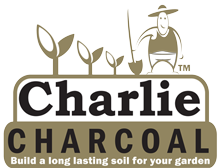

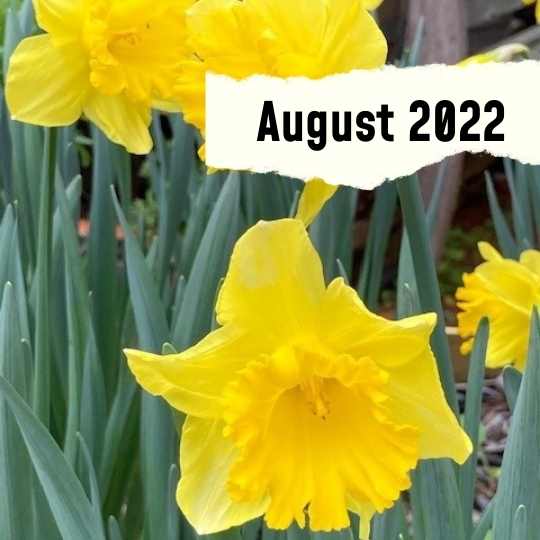 Hello and welcome to AUGUST! We're now transitioning to the Noongar season of Djilba - the 'first spring' - a season of transition between what we recognise as Winter and Spring; wildflowers are starting to appear, and many native animals are breeding or have bred and are raising their young. Hopefully we can expect more rain, but we can also have some clear and sunny days with cold temperatures. (As I write this, it's been a VERY rainy and stormy few days!)
Hello and welcome to AUGUST! We're now transitioning to the Noongar season of Djilba - the 'first spring' - a season of transition between what we recognise as Winter and Spring; wildflowers are starting to appear, and many native animals are breeding or have bred and are raising their young. Hopefully we can expect more rain, but we can also have some clear and sunny days with cold temperatures. (As I write this, it's been a VERY rainy and stormy few days!)  With Spring just around the corner, come on in and see us for your gardening needs to get you ready for awesome results. Feel free to bring in soil samples - we can do a pH test and give you advice about structure and soil improvement generally; we have helped many people on their gardening journey and can't wait to help you, too!
With Spring just around the corner, come on in and see us for your gardening needs to get you ready for awesome results. Feel free to bring in soil samples - we can do a pH test and give you advice about structure and soil improvement generally; we have helped many people on their gardening journey and can't wait to help you, too!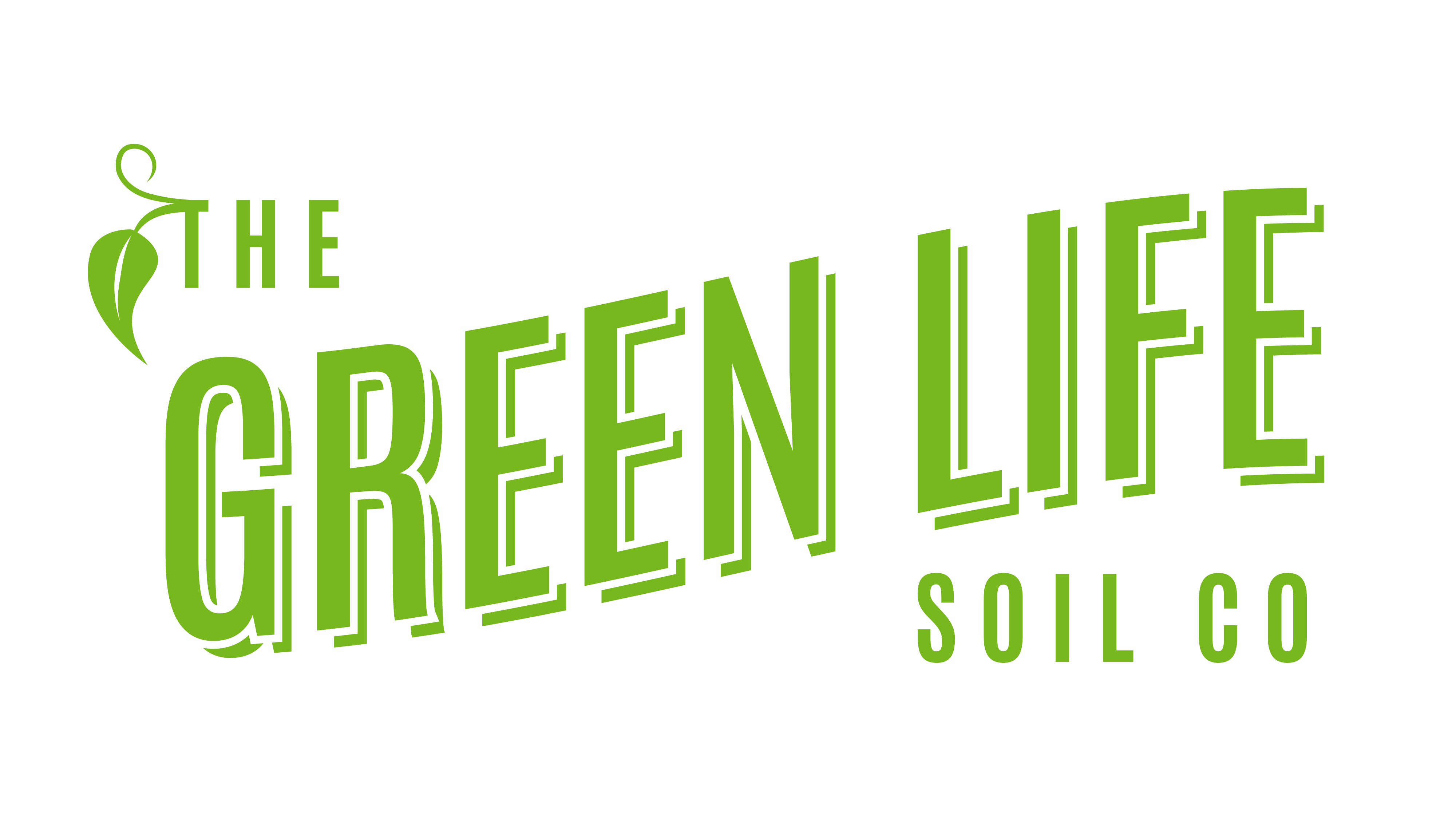
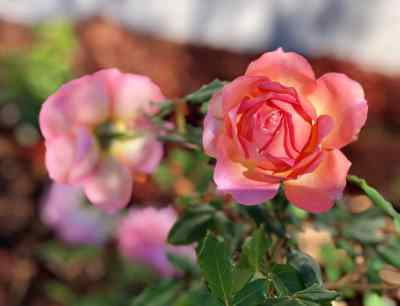 Rose pruning. If you haven't already done so, it's time to give Roses and other perennial flowering plants their winter prune to encourage a flush of spring blossoms.
Rose pruning. If you haven't already done so, it's time to give Roses and other perennial flowering plants their winter prune to encourage a flush of spring blossoms. 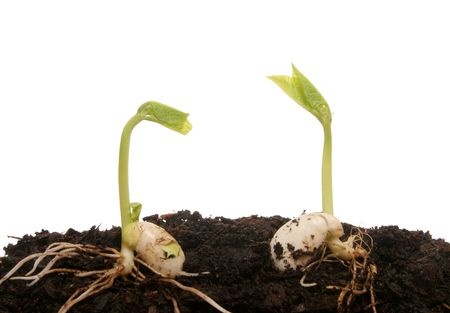 Select & plan your seed propagation. You can start to raise some Spring vegies. A few seeds in trays that you can move around and keep warm will give you a great head start (providing they survive the rest of winter). A few seeds sown every few weeks will mean you'll jag the right time early on - covering your bets. GLSC makes a premium Certified Organic Seed Raising Mix - perfect to get you growing. See our
Select & plan your seed propagation. You can start to raise some Spring vegies. A few seeds in trays that you can move around and keep warm will give you a great head start (providing they survive the rest of winter). A few seeds sown every few weeks will mean you'll jag the right time early on - covering your bets. GLSC makes a premium Certified Organic Seed Raising Mix - perfect to get you growing. See our 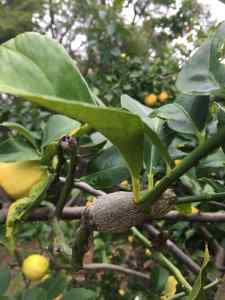 Another option for Citrus Gall Wasp - try our super fine kaolin clay product
Another option for Citrus Gall Wasp - try our super fine kaolin clay product 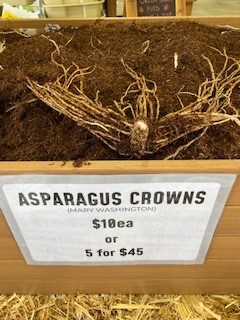 There's still time to get some crops in the ground of potatoes, onions, peas, broad beans. (Scroll through our '
There's still time to get some crops in the ground of potatoes, onions, peas, broad beans. (Scroll through our '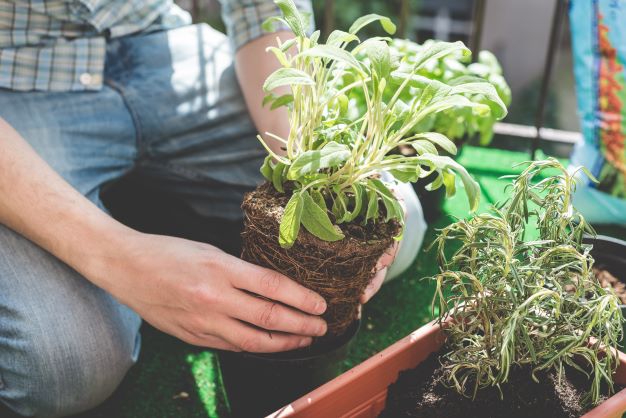 With property sizes getting smaller, and a growing trend towards apartment living, the space that was traditionally our backyard garden is shrinking! If you're wanting to grow at least a few edibles - you'll need to consider how and what you can grow - but you can still have success!
With property sizes getting smaller, and a growing trend towards apartment living, the space that was traditionally our backyard garden is shrinking! If you're wanting to grow at least a few edibles - you'll need to consider how and what you can grow - but you can still have success!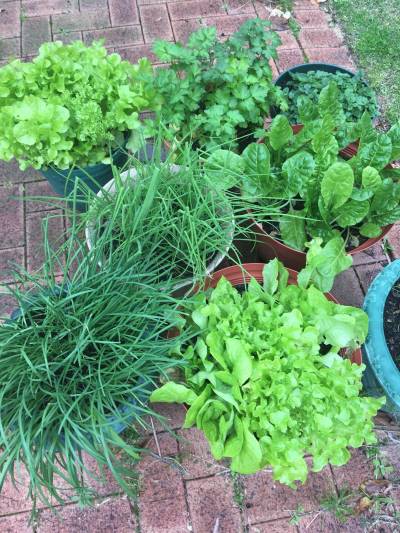 Plant roots AND soil microbes need air... in fact, 25% of the volume of your soil SHOULD be air! If your soil is too damp, it takes up the air space in the soil - and plants will literally drown! So make sure your pots have adequate drainage holes. If your ceramic planters don't have holes - then keep your plants in plastic pots you can use as "inners" - so you can slide them in or out - make sure something sits underneath the plastic pot to raise it up enough to enable drainage - if any excess water gathers in the base of the ceramic pot you won't be able to see it; raising up your "inner" will keep it from sitting in water all the time. The same goes if you're using saucers underneath pots... Empty them if they fill up; and look for something you can use to raise up the pot level even slightly (between pot & saucer) to assist with drainage. Constant damp will create anerobic soil conditions - encouraging fungal growth and fungus gnats. In winter, always check soil moisture before watering - your plants may not need as much as you think!
Plant roots AND soil microbes need air... in fact, 25% of the volume of your soil SHOULD be air! If your soil is too damp, it takes up the air space in the soil - and plants will literally drown! So make sure your pots have adequate drainage holes. If your ceramic planters don't have holes - then keep your plants in plastic pots you can use as "inners" - so you can slide them in or out - make sure something sits underneath the plastic pot to raise it up enough to enable drainage - if any excess water gathers in the base of the ceramic pot you won't be able to see it; raising up your "inner" will keep it from sitting in water all the time. The same goes if you're using saucers underneath pots... Empty them if they fill up; and look for something you can use to raise up the pot level even slightly (between pot & saucer) to assist with drainage. Constant damp will create anerobic soil conditions - encouraging fungal growth and fungus gnats. In winter, always check soil moisture before watering - your plants may not need as much as you think!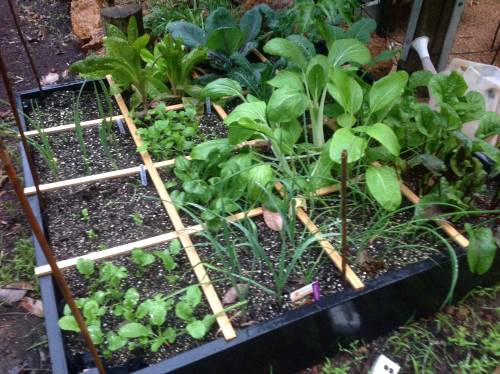 Many herbs can be grown from seed - but it takes time and patience. For instant effect, buy pots of seedlings - which are often ready to be harvested. Sometimes you'll have clumps of plants - you can carefully wash off the soil from the root mass and gently tease them apart. This way you can plant out multiple plants. Of course, you can plant the whole bundle as it comes - it just means plants won't grow as large individually.
Many herbs can be grown from seed - but it takes time and patience. For instant effect, buy pots of seedlings - which are often ready to be harvested. Sometimes you'll have clumps of plants - you can carefully wash off the soil from the root mass and gently tease them apart. This way you can plant out multiple plants. Of course, you can plant the whole bundle as it comes - it just means plants won't grow as large individually. There is a design 'rule' for multi-planting pots to have a "Thriller" - a taller, feature plant that adds height and vertical interest. Then, a "Spiller" - a trailing plant that will grow over the edges. And in between, a "Filler" - a mounding plant that fills the space. So - something like Chives or lemon grass would give you the vertical plant, parsley, coriander are fillers, and oregano, thyme or mint could be the trailing plants to soften the pot edges. Plants like basil or sage could be either the vertical or filler plants - depending on the variety and how you choose to shape them. (Picture right has this followed this design rule using ornamental plants.)
There is a design 'rule' for multi-planting pots to have a "Thriller" - a taller, feature plant that adds height and vertical interest. Then, a "Spiller" - a trailing plant that will grow over the edges. And in between, a "Filler" - a mounding plant that fills the space. So - something like Chives or lemon grass would give you the vertical plant, parsley, coriander are fillers, and oregano, thyme or mint could be the trailing plants to soften the pot edges. Plants like basil or sage could be either the vertical or filler plants - depending on the variety and how you choose to shape them. (Picture right has this followed this design rule using ornamental plants.) Spinach tends to be a broad term - with silverbeet and chard kind of thrown into the mix, as well as water spinach, New Zealand Spinach, Chinese Spinach, Malabar Spinach - and a few others. I guess they're all a soft, leafy vegetables! Of them all, English Spinach is perhaps the most versatile - it is used for salads probably more than as a cooked vegetable; it's the 'baby spinach' you often find in salad packs in your supermarket. Often, bunches are sold of the whole plant - but of course you can grow it and only harvest the leaves as and when they're required.
Spinach tends to be a broad term - with silverbeet and chard kind of thrown into the mix, as well as water spinach, New Zealand Spinach, Chinese Spinach, Malabar Spinach - and a few others. I guess they're all a soft, leafy vegetables! Of them all, English Spinach is perhaps the most versatile - it is used for salads probably more than as a cooked vegetable; it's the 'baby spinach' you often find in salad packs in your supermarket. Often, bunches are sold of the whole plant - but of course you can grow it and only harvest the leaves as and when they're required. While spinach tends to be disease free, watch out for pests like slugs/snails, slaters (for young seedlings especially) and whitefly.
While spinach tends to be disease free, watch out for pests like slugs/snails, slaters (for young seedlings especially) and whitefly.  It's the time of year to get growing!!! So our VIP's in store can purchase a HALF PRICE bag of our Certified Organic Seed Raising Mix with any 5 packs of seeds purchased this month.
It's the time of year to get growing!!! So our VIP's in store can purchase a HALF PRICE bag of our Certified Organic Seed Raising Mix with any 5 packs of seeds purchased this month. Photo Competition Winner
Photo Competition Winner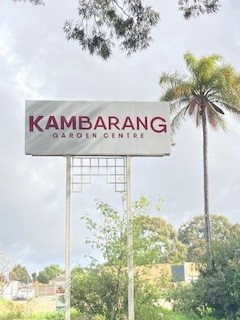 Garden Elegance - Subiaco 9381 2197
Garden Elegance - Subiaco 9381 2197



